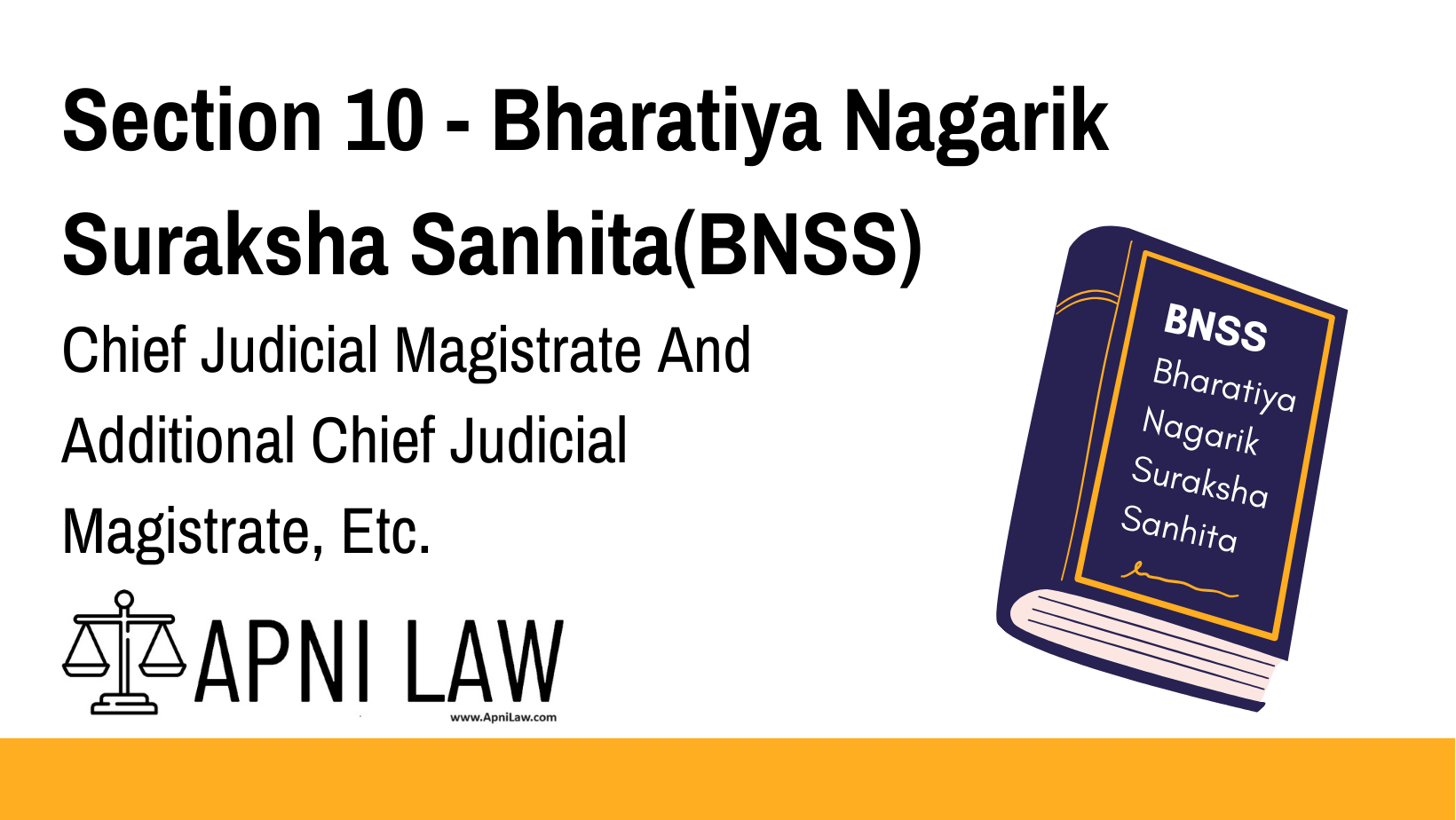Code
(1) In every district, the High Court shall appoint a Judicial Magistrate of the first
class to be the Chief Judicial Magistrate.
(2) The High Court may appoint any Judicial Magistrate of the first class to be an
Additional Chief Judicial Magistrate, and such Magistrate shall have all or any of the
powers of a Chief Judicial Magistrate under this Sanhita or under any other law for the time
being in force as the High Court may direct.
(3) The High Court may designate any Judicial Magistrate of the first class in any
sub-division as the Sub-divisional Judicial Magistrate and relieve him of the responsibilities
specified in this section as occasion requires.
(4) Subject to the general control of the Chief Judicial Magistrate, every Sub-divisional
Judicial Magistrate shall also have and exercise, such powers of supervision and control
over the work of the Judicial Magistrates (other than Additional Chief Judicial Magistrates)
in the sub-division as the High Court may, by general or special order, specify in this behalf
Explanation
Section 10 of the Bharatiya Nyaya Sanhita (BNSS) outlines the hierarchical structure and roles of Judicial Magistrates in a district. It grants the High Court the power to appoint a Chief Judicial Magistrate for every district and allows for the designation of Additional Chief Judicial Magistrates. These officials hold substantial powers granted by the High Court, which may include supervision and oversight of other Judicial Magistrates. The section also permits the High Court to appoint Sub-divisional Judicial Magistrates to oversee specific jurisdictions within the district.
Illustration
Example 1: Appointment of Chief Judicial Magistrate
The High Court appoints a Judicial Magistrate of the first class as the Chief Judicial Magistrate in a district. This Magistrate is given the responsibility of overseeing the administration of justice and ensuring that lower Magistrates in the district adhere to prescribed procedures.
Example 2: Role of Additional Chief Judicial Magistrate
In a district with a heavy caseload, the High Court appoints an Additional Chief Judicial Magistrate. This individual has the same powers as the Chief Judicial Magistrate, but may be tasked with specific judicial functions to help manage the workload effectively.
Example 3: Powers of Sub-divisional Judicial Magistrate
A Sub-divisional Judicial Magistrate is appointed for a specific sub-division within the district. This magistrate has the authority to supervise and control the work of other Judicial Magistrates within the sub-division, ensuring uniformity and proper conduct in handling cases.
Common Questions and Answers on Section 10 BNSS
1. Who appoints the Chief Judicial Magistrate in a district?
- Answer: The High Court appoints the Chief Judicial Magistrate in every district.
2. What is the role of an Additional Chief Judicial Magistrate?
- Answer: An Additional Chief Judicial Magistrate is appointed by the High Court and has the powers of a Chief Judicial Magistrate to perform duties as directed by the High Court.
3. Can a Sub-divisional Judicial Magistrate oversee the work of other Judicial Magistrates?
- Answer: Yes, a Sub-divisional Judicial Magistrate can supervise and control the work of other Judicial Magistrates in the sub-division, under the general control of the Chief Judicial Magistrate.
Conclusion
Section 10 of the BNSS establishes a clear framework for the appointment and distribution of responsibilities among Judicial Magistrates within districts and sub-divisions. It allows for effective judicial oversight, ensuring that the legal system operates smoothly and efficiently at the district level.







